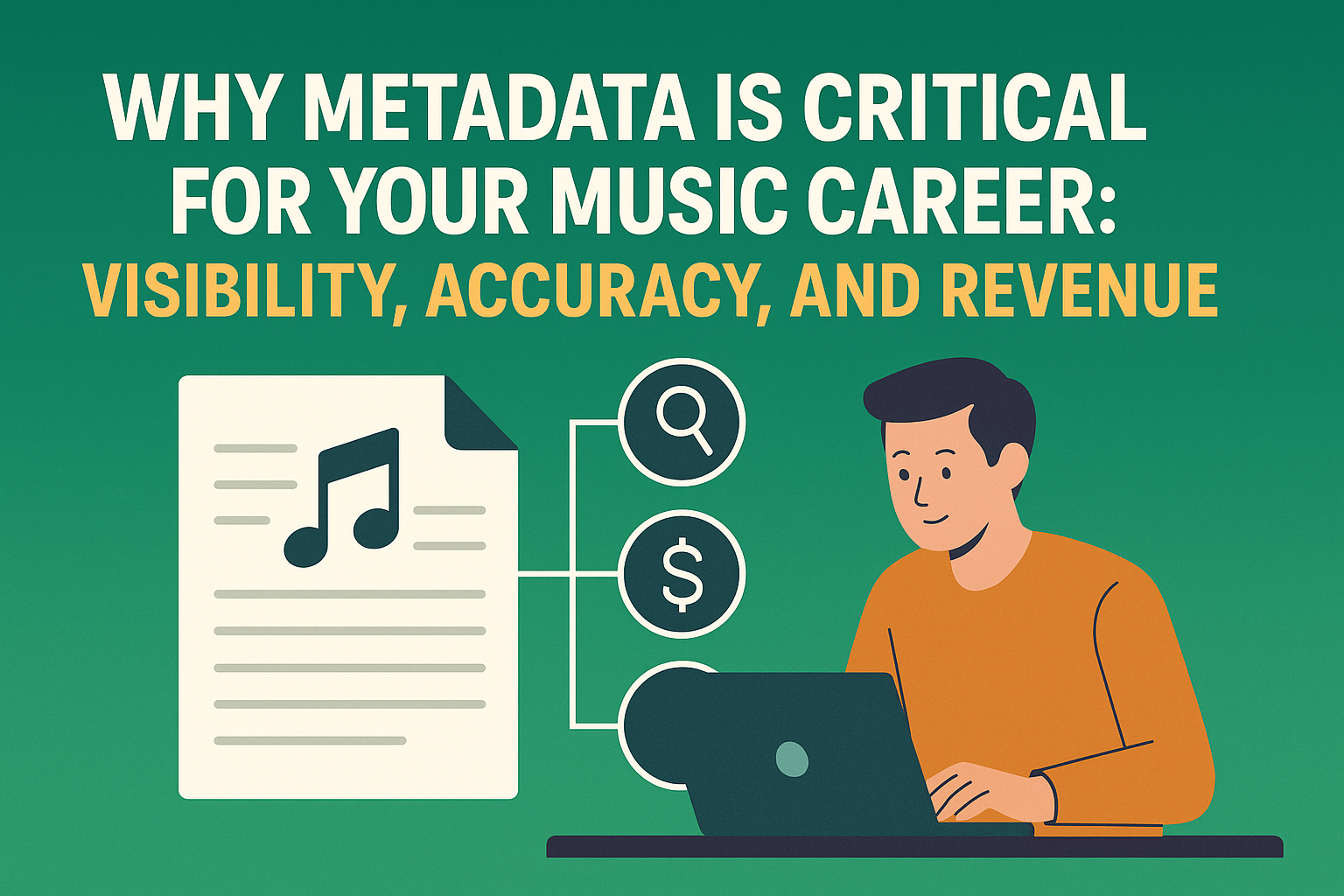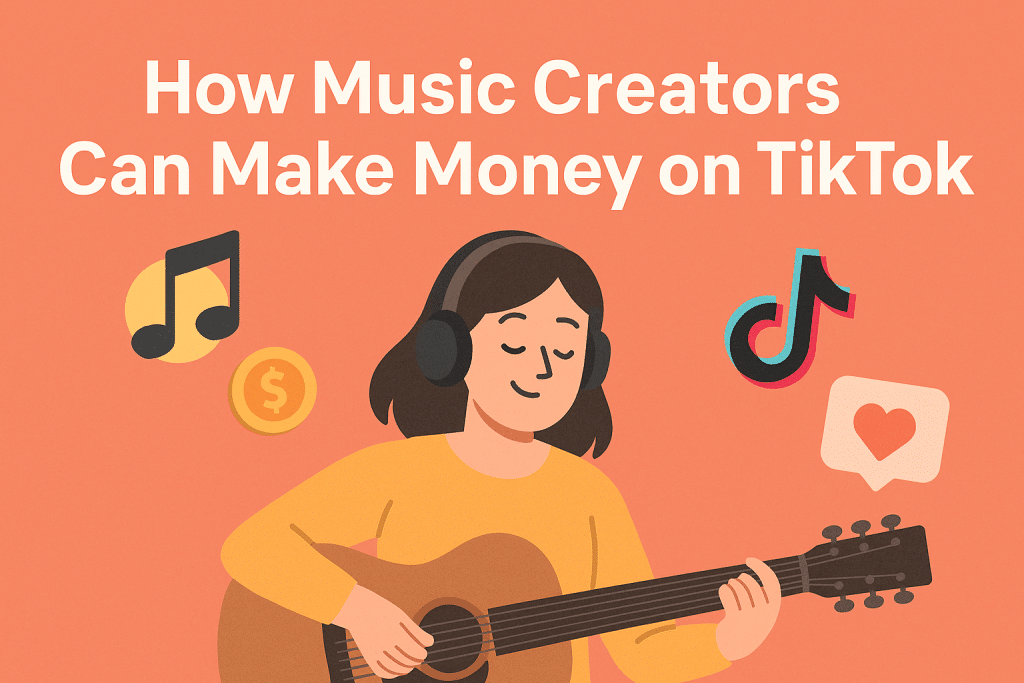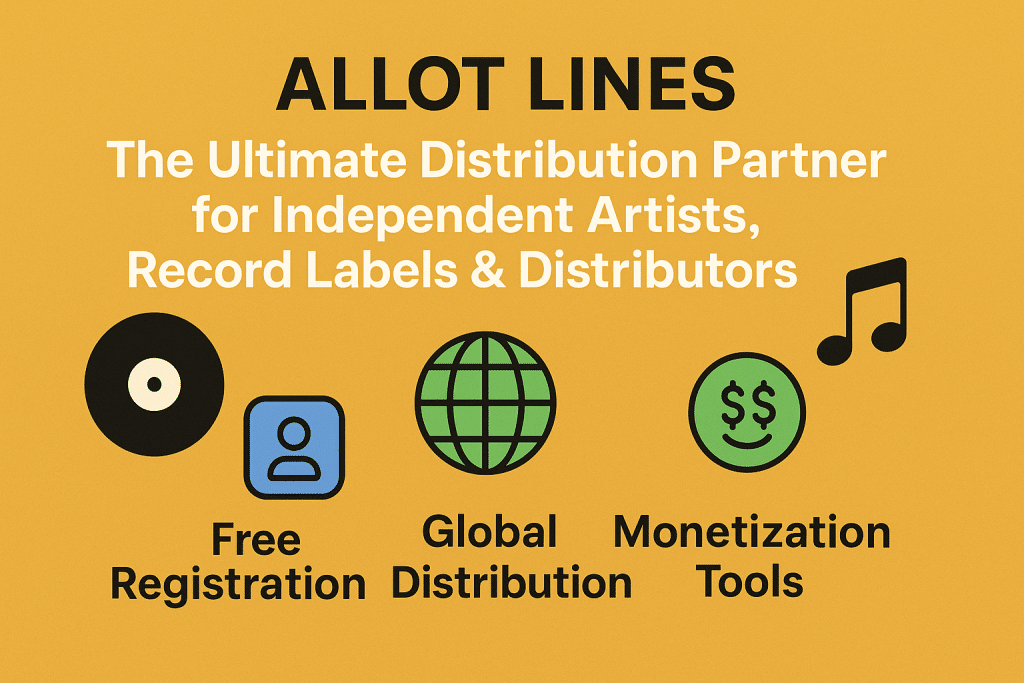Introduction: Don’t Let Your Music Get Lost in the System
You’ve written, recorded, and mastered your track. You’re ready to release it to the world. But before you hit “publish”, there’s one more critical piece of the puzzle that too many creators overlook: metadata.
Metadata is more than just technical information—it’s the key to getting discovered, getting playlisted, and most importantly, getting paid. In this post, we’ll show you why metadata is crucial for platforms like Spotify, Apple Music, and others—and how you can ensure your metadata is filled out correctly using the Allot Lines release form.
What Is Music Metadata?
Metadata is the structured information that identifies your music across digital platforms. It includes details like:
- Track Title
- Artist Name
- Featured Artists
- Songwriters
- Producers
- ISRC (International Standard Recording Code)
- Genre and Subgenre
- Explicit Content Indicator
- Release Date
This data is used by DSPs (Digital Service Providers) like Spotify and Apple Music to categorize and present your music to the right audience.
Why Metadata Is Crucial for Your Music Career
1. ✅ Discovery & Playlist Inclusion
Accurate metadata helps your track appear in relevant search results, algorithmic recommendations (like Spotify’s Discover Weekly), and editorial playlists.
2. 💸 Proper Royalty Collection
You might not receive payment for streams, licensing, or sync placements if your songwriter credits or ISRCs are missing or incorrect.
3. 🛡️ Ownership Protection
In the event of a copyright claim or royalty dispute, your metadata serves as evidence of ownership and contributor roles.
Real Consequences of Poor Metadata
- Your track appears under the wrong artist profile
- Playlist curators can’t find your release
- Missed publishing royalties
- Duplicate releases or takedowns
- Legal issues with collaborators
In short: incomplete metadata = lost money and visibility.
How to Properly Fill Out Metadata (Using Allot Lines Guide)
Let’s break down the key metadata fields from the Allot Lines metadata entry form and what to watch out for:
🎵 Track Title
- Use correct spelling and capitalization
- Do NOT include the artist’s name unless it’s part of the actual title
- Keep it clean: no emojis, promo text, or extra characters
👤 Artist & Featuring Artist
- Main performer = Primary Artist
- Guest verses = Featuring Artist (listed separately, not in the track title)
✍️ Songwriters & Composers
- Use full legal names (not stage names)
- Required for publishing royalties
🧾 ISRC
- Each track needs a unique ISRC
- You can generate one or use the one provided by your distributor
🎧 Genre & Subgenre
- Be honest: accurate genres help streaming algorithms and playlist placements
- Don’t just pick “Pop” to try and gain streams
📆 Release Date (UTC Format)
- Set it precisely, especially if planning a coordinated global release
🚨 Explicit Content
- Always mark if the track contains profanity or adult themes
- Platforms may remove or shadowban content that isn’t marked appropriately
🖼️ Artwork
- 3000x3000px, JPG or PNG
- No social media handles, logos, or text overlays
- Must be square and centered
🎶 Audio File
- WAV format, 16-bit/44.1kHz
- No clipping, distortion, or low-quality exports
Pro Tips for Music Metadata Management
✅ Double-check spellings and contributor names
📁 Keep a shared spreadsheet or metadata master file for all your releases
🤝 Confirm roles and splits with collaborators BEFORE submitting
🔁 Revisit and correct past releases if metadata was entered incorrectly
Final Thoughts: Metadata Is Not Optional—It’s Your Foundatio
In a world where streaming is king and digital rights are complex, metadata is your infrastructure. Without it, your music could easily go unnoticed, misattributed, or unpaid.
So before your next release, make metadata a priority—not an afterthought.
Want Help Distributing Your Music?
Check out Allot Lines’ step-by-step distribution guide to walk through metadata entry the right way from start to finish.






